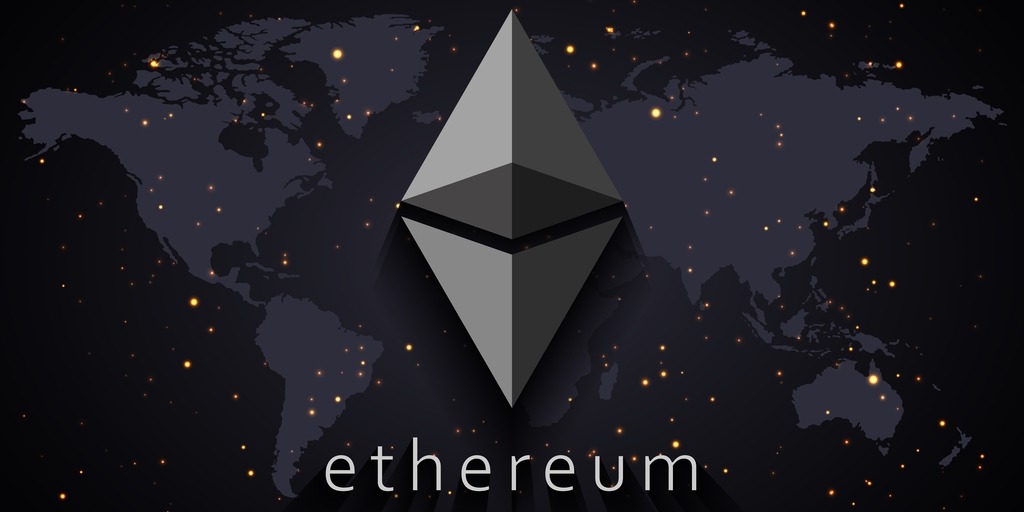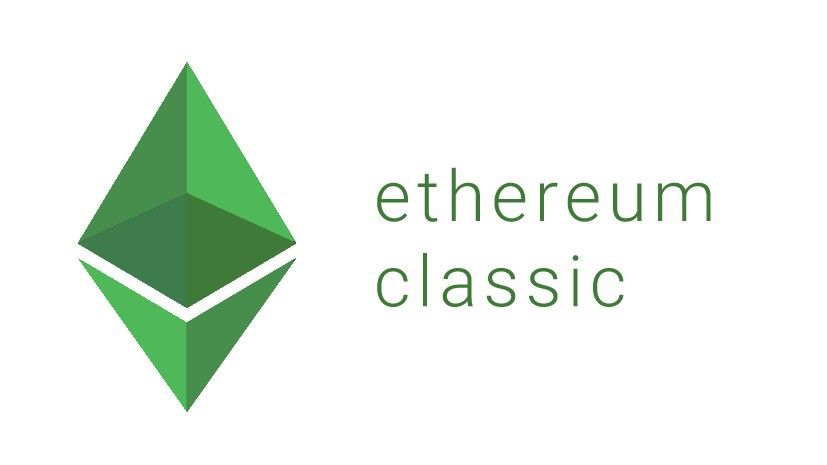Ethereum Protocol Major Updates: an Exclusive Sneak Peek
The terms’ Eth1′ and ‘Eth2’ are replaced by ‘execution layer’ and ‘consensus layer ‘, respectively, by Ethereum.
Ethereum’s official blog claims that “One major problem with the Eth2 branding is that it creates a broken mental model for new users of Ethereum. They intuitively think that Eth1 comes first and Eth2 comes after. Or that Eth1 ceases to exist once Eth2 exists. Neither of these is true. By removing Eth2 terminology, we save all future users from navigating this confusing mental model.”
Early blockchain implementations (like Bitcoin and Ethereum) suffered performance concerns due to the power-intensive processing required to authenticate and track transactions.
The Ethereum blockchain’s “proof-of-work” (POW) technology consumes significant energy. More popular Ethereum becomes, more computing effort is necessary to verify the blockchain, and more electricity is consumed by its network. The consensus technique works by having all computer nodes agree on account balances and transaction sequences. Virtual miners from all over the world assist in the verification process and are compensated for their work.
POW is inefficient and energy-intensive. Ethereum is gradually migrating to a “proof-of-stake” (POS) system to address the POW system’s scalability and environmental sustainability challenges. The POS consensus process randomly selects miners or “validators” to verify the system. Validators must stake their cryptocurrency to validate new transactions, update the blockchain, and collect rewards. Unlike the POW method, POS doesn’t need miners to use energy to solve the same puzzle, reducing resource use significantly, lifting the GPU purchase requirement.
Sharding
The next version of Ethereum will also include a “sharding” processing mechanism. The main Ethereum blockchain will be fragmented into smaller chains known as “shards.” All participating nodes verify all information contained in the existing Ethereum blockchain. This slows down the system’s processing pace because it is constrained by the slowest node’s performance, raising transaction costs and diminishing output.
The blockchain will be broken into 64 parts, requiring each node to handle only 1/64th of the blockchain’s standard size. The computational and storage workload will be spread out as a result. As a result, each node does not have to perform the entire network’s transactional load independently. Instead, it will only store information on its “shard.” This will enable parallel processing across the blockchain, significantly increasing total capacity.
eWASM: A glimpse into the future of virtual computing?
The Ethereum Virtual Machine (EVM) makes smart contracts easier to use. Smart contracts may run social networks, manage complex financial transactions, and even run games. A significant change in the next version is the switch from EVM to eWASM (WASM stands for WebAssembly). EVM was created to emphasize correctness over efficiency. According to Ethereum lead developer Nick Johnson, EVM is “optimized for theoretical purity, rather than practical use.”
By replacing EVM with eWASM, the Ethereum blockchain will gain speed and efficiency. WASM is a web-based platform that allows Ethereum app code to be executed directly in web browsers. Programmers will be able to write code on the blockchain using languages such as Rust and C making Ethereum more accessible to programmers.
Stay informed with daily updates from Blockchain Magazine on Google News. Click here to follow us and mark as favorite: [Blockchain Magazine on Google News].
Get Blockchain Insights In Inbox
Stay ahead of the curve with expert analysis and market updates.
latest from tech
Disclaimer: Any post shared by a third-party agency are sponsored and Blockchain Magazine has no views on any such posts. The views and opinions expressed in this post are those of the clients and do not necessarily reflect the official policy or position of Blockchain Magazine. The information provided in this post is for informational purposes only and should not be considered as financial, investment, or professional advice. Blockchain Magazine does not endorse or promote any specific products, services, or companies mentioned in this posts. Readers are encouraged to conduct their own research and consult with a qualified professional before making any financial decisions. The featured image used is just a creative depiction of the title and it does not intend to hurt sentiments of any person or institution. If it hurts anyone sentiments, please do not hesitate to reach out to Blockchain Magazine.

 Bitcoin
Bitcoin  Ethereum
Ethereum  XRP
XRP  Tether
Tether  Solana
Solana  Dogecoin
Dogecoin  USDC
USDC  Cardano
Cardano  Lido Staked Ether
Lido Staked Ether  TRON
TRON  Chainlink
Chainlink  Avalanche
Avalanche  Sui
Sui  Wrapped stETH
Wrapped stETH  Wrapped Bitcoin
Wrapped Bitcoin  Stellar
Stellar  Toncoin
Toncoin  Hedera
Hedera  Shiba Inu
Shiba Inu  Polkadot
Polkadot  WETH
WETH  LEO Token
LEO Token  Bitcoin Cash
Bitcoin Cash  Litecoin
Litecoin  Hyperliquid
Hyperliquid  Bitget Token
Bitget Token  Official Trump
Official Trump  Uniswap
Uniswap  Pepe
Pepe  Wrapped eETH
Wrapped eETH  USDS
USDS  NEAR Protocol
NEAR Protocol  Ethena USDe
Ethena USDe  Aave
Aave  Aptos
Aptos  Internet Computer
Internet Computer  Ondo
Ondo  WhiteBIT Coin
WhiteBIT Coin  Ethereum Classic
Ethereum Classic  Cronos
Cronos  Monero
Monero  Mantle
Mantle  POL (ex-MATIC)
POL (ex-MATIC)  Render
Render  Dai
Dai  Algorand
Algorand  MANTRA
MANTRA  Bittensor
Bittensor 




